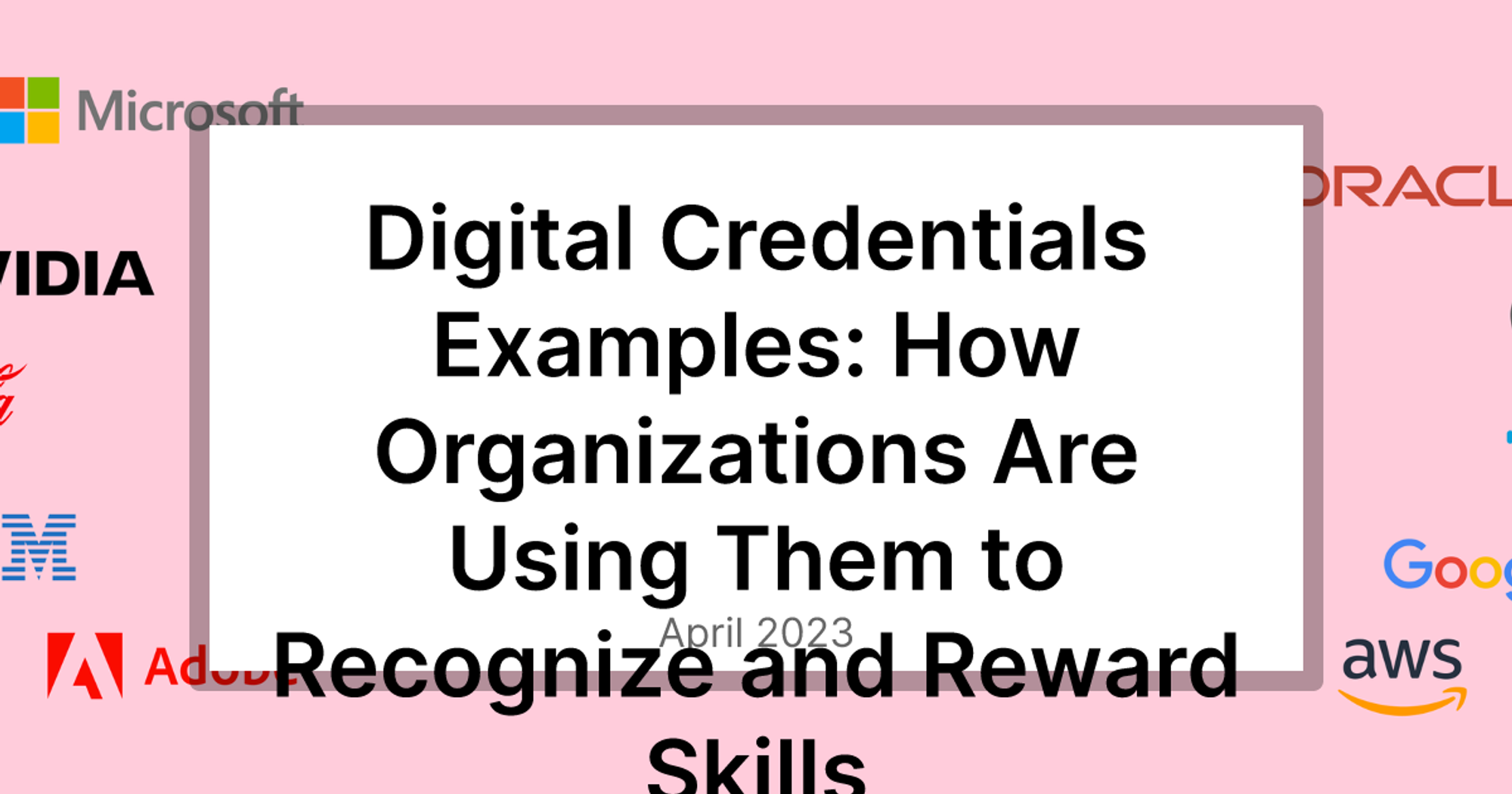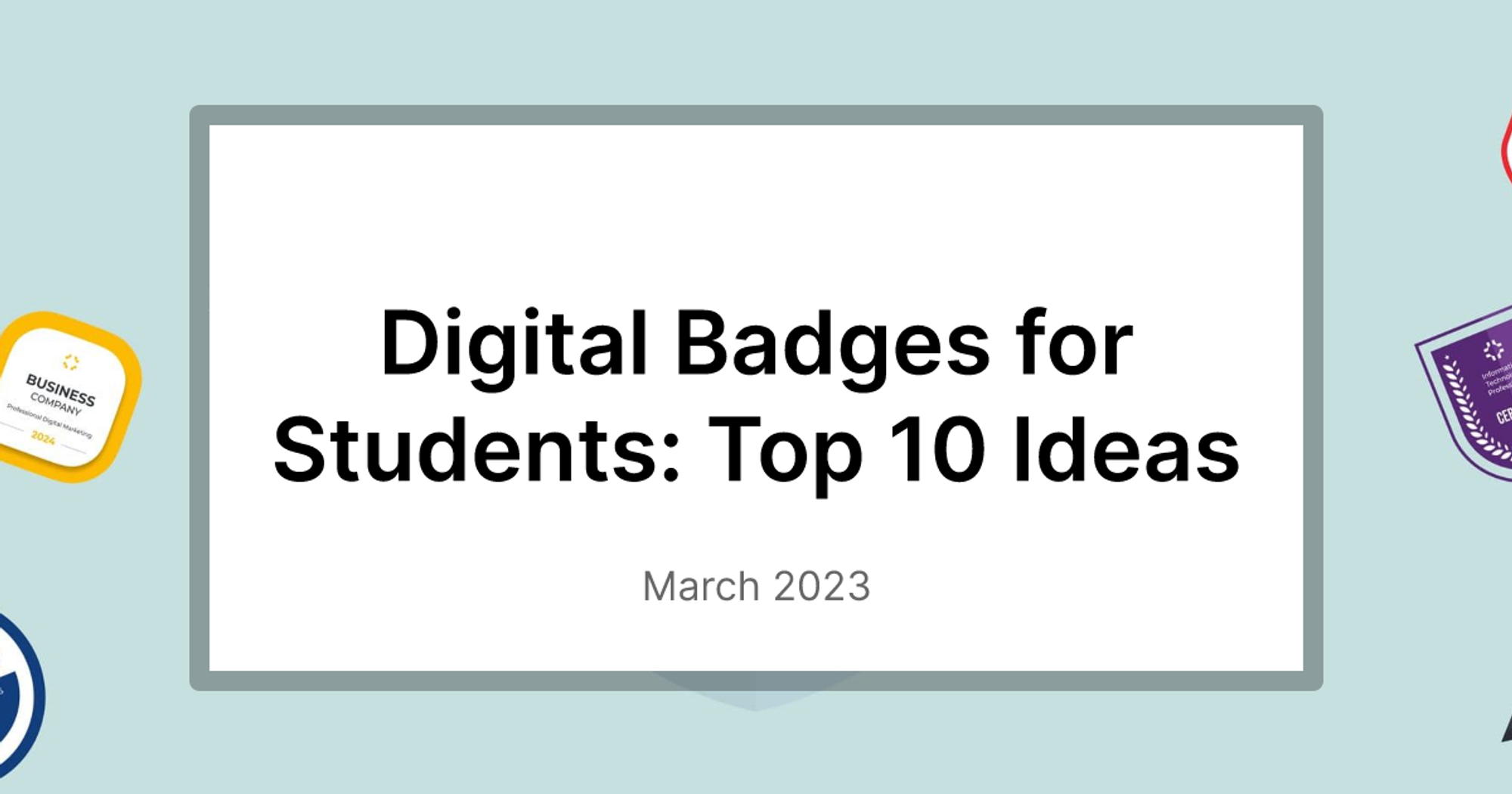Introduction
You’ve probably heard of blockchain, the technology behind cryptocurrencies like Bitcoin and Ethereum. But do you know what it is and how it works? And more importantly, do you know how it can be used in education?
What is Blockchain and how it works?

Blockchain is a system of storing and transferring data in a decentralized, distributed and secure way. It uses a network of computers, called nodes, to verify and record transactions in a shared ledger, called a blockchain. Each transaction is encrypted and linked to the previous one, forming a chain of blocks that cannot be altered or tampered with. This makes blockchain transparent, trustworthy and efficient.
Applications of blockchain in education
But blockchain is not just for money. It can also be used for other types of data, such as certificates, credentials, transcripts, badges and more. Blockchain can potentially revolutionize the way we store, share and verify educational records and achievements. It can also enable new forms of learning and collaboration, such as peer-to-peer education, micro-credentials and smart contracts.
However, blockchain is not a magic bullet. It also has some challenges and limitations, such as scalability, privacy, regulation and adoption. And it is not the only option for improving education. There are other technologies and innovations that can complement or compete with blockchain in the educational sector.
So what are the pros and cons of blockchain in education? And what are some of the other options that educators and learners should consider? In this blog post, we will explore these questions and more. We will also provide some examples and resources for further learning. Let’s get started!
Pros / benefits of blockchain in education
Blockchain in education has many potential benefits that can enhance the quality and efficiency of education. Here are some of them:
- Decentralization: Blockchain can enable a more democratic and participatory education system that is not controlled by a central authority or intermediary. It can give more power and autonomy to educators and learners to create and access educational opportunities and resources.
- Immutability: Blockchain can ensure the integrity and validity of educational records and credentials by making them immutable and verifiable. It can prevent fraud, forgery and manipulation of student data and achievements.
- Transparency: Blockchain can increase the trust and credibility of educational institutions and processes by making them more transparent and accountable. It can also reduce corruption, bureaucracy and inefficiency in education.
- Security: Blockchain can protect the privacy and security of student data and credentials by encrypting them and storing them in a distributed network. It can also give students more control over their own data and who can access it.
Cons / disadvantages of blockchain in education
Blockchain in education is not without its challenges and limitations. Here are some of them:
- High costs and technical complexity of implementing and maintaining blockchain systems. Blockchain requires a lot of computing power, energy and storage to run and secure the network. It also requires technical expertise and infrastructure to develop and deploy blockchain applications. These factors can make blockchain expensive and difficult to implement and maintain in education. For example, the University of Nicosia in Cyprus, which offers a master’s degree in digital currency, faced challenges in integrating blockchain into its existing systems and processes. It had to invest in hardware, software and training to make blockchain work for its students and faculty.
- Lack of awareness and understanding of blockchain among educators and learners. Blockchain is still a new and emerging technology that is not widely understood or adopted by the general public. Many educators and learners may not be aware of the potential benefits and challenges of blockchain in education. They may also lack the skills and knowledge to use blockchain effectively and responsibly. This can limit the adoption and impact of blockchain in education. There must be an alternative that’s easy to understand for non-tech people. For example, a survey by the European Commission found that only 20% of European teachers had heard of blockchain, and only 9% had used it in their teaching or learning activities.
- Regulatory and ethical issues related to data ownership, consent, and governance. Blockchain raises some legal and ethical questions about who owns, controls and accesses the data stored on the blockchain. It also challenges the existing norms and regulations of data protection, privacy and consent in education. For example, who has the right to issue, verify and revoke educational credentials on the blockchain? How can students give or withdraw their consent to share their data on the blockchain? How can disputes and conflicts be resolved on the blockchain? These issues need to be addressed before blockchain can be widely adopted in education.
- Potential risks and drawbacks of decentralization and disintermediation in education. Blockchain can enable a more decentralized and peer-to-peer education system that bypasses the traditional intermediaries and authorities. However, this can also pose some risks and drawbacks for education. For example, how can quality assurance and accreditation be ensured on the blockchain? How can trust and reputation be established and maintained on the blockchain? How can diversity and inclusion be promoted on the blockchain? How can social interaction and collaboration be facilitated on the blockchain? These are some of the questions that need to be considered before embracing blockchain in education.
Other Options for Blockchain in Education

Blockchain is not a silver bullet or a one-size-fits-all solution for education. It has its pros and cons, and it may not suit every context or need. Therefore, we should not blindly adopt blockchain in education without considering other options that may be more effective, efficient or appropriate.
We can have a better alternative for Blockchain in education by:
- Hybrid systems that combine centralization and decentralization in a balanced way. These systems can leverage the advantages of both centralized and decentralized models, such as scalability, security, flexibility and autonomy. They can also avoid some of the drawbacks of both models, such as inefficiency, vulnerability, rigidity and isolation.
- Advanced hashing mechanisms that ensure immutability and integrity of data without relying on blockchain. These mechanisms use mathematical functions to generate unique identifiers for data, called hashes, that can be used to verify the authenticity and consistency of data. They can also be used to create digital signatures that can prove the identity and authority of the data owner or issuer.
- Alternative systems that provide transparency and security of data without using blockchain or its difficult terms. These systems can use other technologies or methods to store and verify data in a clear and reliable way. They can also present the data in a way that is easy to understand and use for general people, not just tech people. They can also be intuitive and user-friendly, without requiring users to learn new concepts or skills. For example, Open Badges is a standard that uses web technologies to create, issue and manage digital badges for learning achievements. It provides a transparent and secure way of storing and verifying badge data, without using blockchain or its difficult terms. It also presents the badge data in a visual and interactive way that anyone can understand and use.
How Certopus is More Advanced than Blockchain

One of the examples of such advanced-to-blockchain solutions is Certopus. Certopus is a platform that uses a hybrid system of centralization and decentralization to create, issue and verify digital credentials. It uses Interplanetary File System (IPFS) to store and distribute the credential data in a decentralized way, while also using cloud storage to store the essential details and assets in a centralized way. This way, Certopus ensures the security, privacy and accessibility of the credential data.
Certopus also uses HMAC-SHA256 based hashing mechanism to ensure the immutability and integrity of the credential data. This mechanism uses a secret key to generate a unique hash for each credential that can be used to verify its authenticity and consistency. This mechanism is more secure and efficient than blockchain, as it does not require a network of nodes or a consensus algorithm to validate the transactions.
Certopus also leverages the low costs and technical simplicity of not using blockchain for its platform. It does not charge any gas fees or require any technical skills to use its platform. It also provides a user-friendly interface and application that makes it easy and intuitive for anyone to create and share digital credentials. Certopus is way more cost-effective than other digital credential platforms, with over 90% cost savings for issuers.
Certopus is an example of how we can achieve the benefits of blockchain with just implementing the principles behind the Blockchain which is best suited for the use case. It shows that blockchain is not a silver bullet or a one-size-fits-all solution for education. It also shows that there are other options that are more advanced, effective and appropriate for education. Certopus is the next generation of digital credentials in education.
Frequently Asked Questions ( FAQ )
What is blockchain and how can it be used in education?
Blockchain is a technology that stores and transfers data in a decentralized, distributed and secure way. It can be used in education to store and verify educational records and credentials, improve transparency and accountability of educational institutions and processes, enable peer-to-peer learning and collaboration, and support innovation and experimentation in teaching and learning methods.
What are the benefits of blockchain in education?
Blockchain in education can enhance the security and privacy of student data and credentials, reduce fraud and bureaucracy in education, facilitate new forms of learning and collaboration, and empower learners to own and control their own records.
What are the challenges and limitations of blockchain in education?
Blockchain in education can also face some challenges and limitations, such as high costs and technical complexity of implementing and maintaining blockchain systems, lack of awareness and understanding of blockchain among educators and learners, regulatory and ethical issues related to data ownership, consent, and governance, and potential risks and drawbacks of decentralization and disintermediation in education.
Need more information?
Book a demo to learn more about Certopus for your business use-case, or if you have any questions, please contact us. We would be delighted to assist you. Finally, if you're on social media, follow us to remain informed about our latest developments and to learn more about digital credentials like digital certificates, digital badges and micro-credentials.
Recommended Articles:
_(2).jpg?table=block&id=b99c52da-a882-457d-8f74-7befbfff746f&cache=v2)


